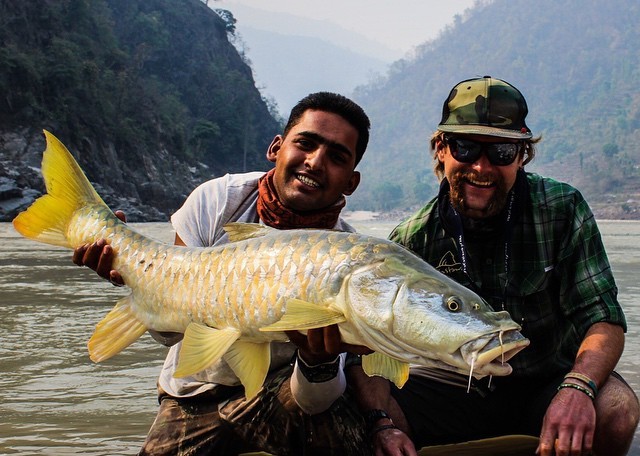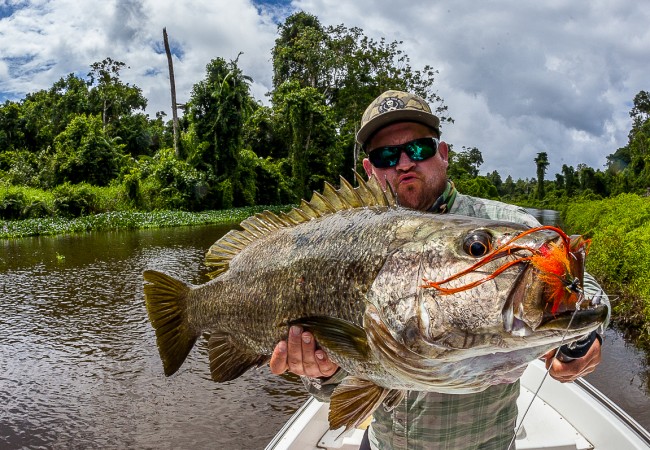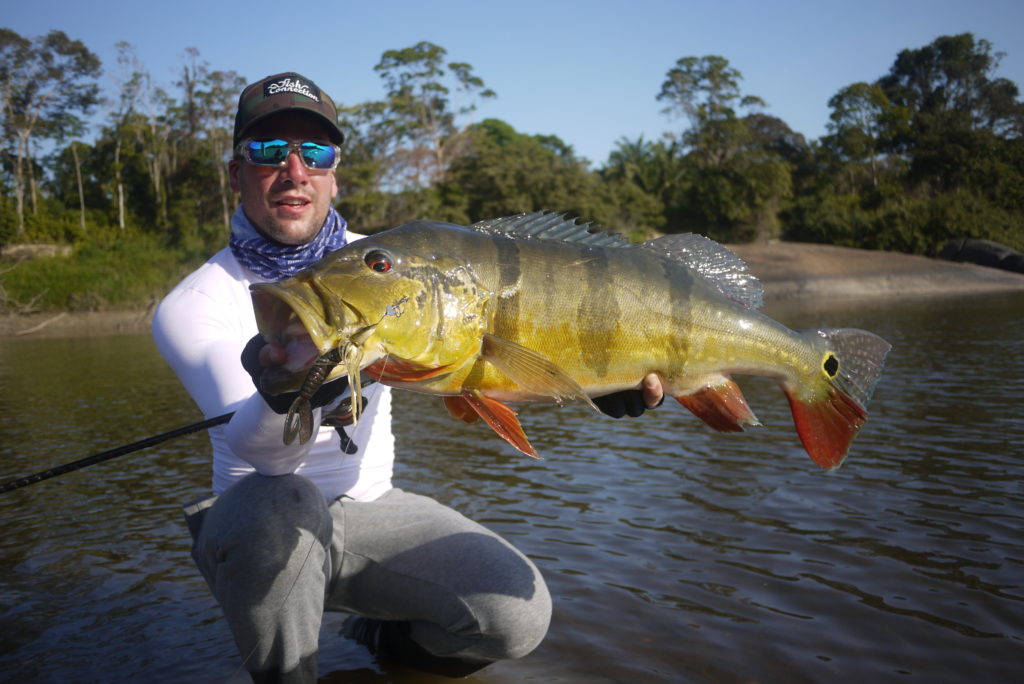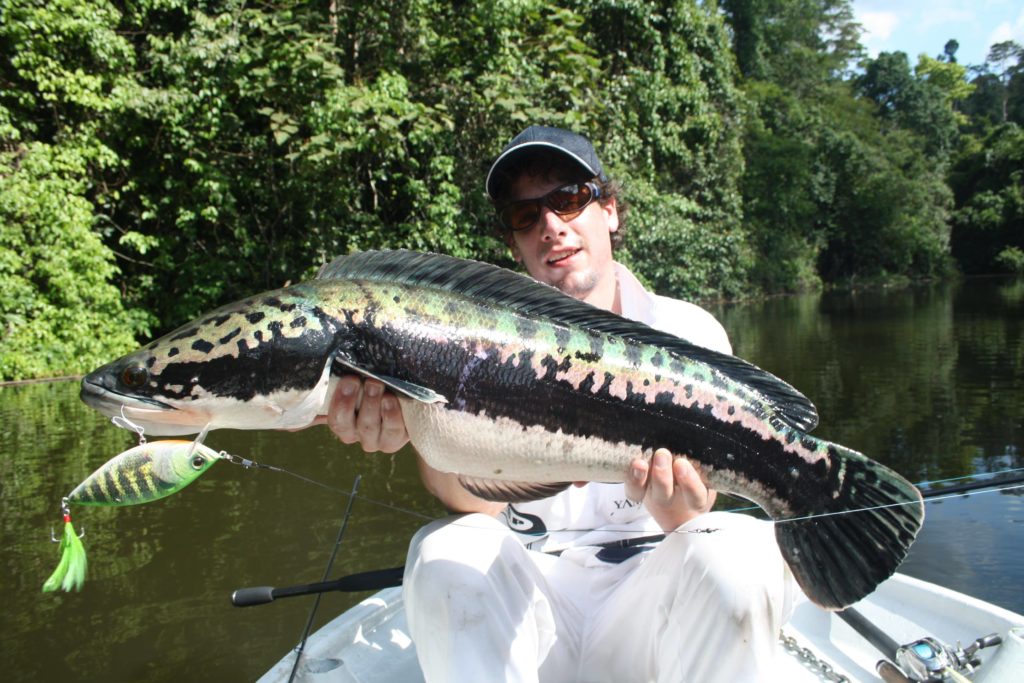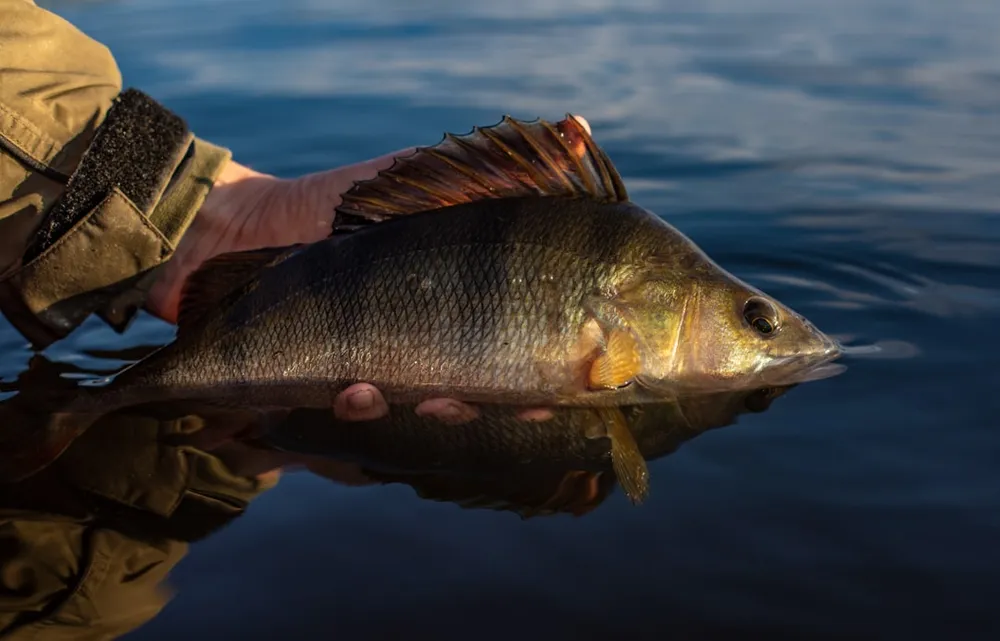
In our opinion, the perch is the most fun and accessible carnivorous fish to catch. It is no less difficult to catch and fascinates all predator anglers. With its characteristic stripes, the perch is another treasure of our European waters that we wanted you to discover. Perca fluviatilisThe perch, as it is known scientifically, never ceases to amaze us with its voracious appetite when it is active, its moody side and its great ability to adapt to its environment. Join us in discovering the perch and the secrets of this emblematic fish of our rivers and lakes.
Our article in brief:
With its characteristic stripes, the perch is another treasure of our European waters.
- A unique morphology The perch has a stocky body, a humped back and a green zebra coat.
- A varied habitat Waters: calm waters, rivers, lakes up to 1000m altitude. The perch is a fish that adapts to a wide range of conditions
- Exciting fishing: Perch can be fished with jigs, lures, livebait and worms.
- Ecological importance The perch plays a key role in the aquatic food chain
Characteristics and habitat of the perch
The perch is a fish with a unique morphology and colours.. In fact, the latter has a stocky, powerful bodywith a slightly humped back. This physical feature gives it a silhouette that is instantly recognisable. But the most distinctive feature of the perch is its coat. Its coat has green highlights and is streaked with dark vertical stripes. This allows it to camouflage perfectly in its environment. The perch's pectoral fins are often bright reddish-orange, adding a touch of colour to this already magnificent fish.
The average size of a pole is 25 to 35 centimetres weighing between 200 and 500 grams. However, larger specimens are not uncommon, growing to 50-60 centimetres and weighing up to 4 kilograms in exceptional conditions. The the world's biggest pole is in fact 58 cm. This record-breaking pole has been captured in Holland in 2010 by Stephan Gockel
The perch is mainly found in the following areas:
- Calm or slow-moving waters
- Rivers and bodies of water up to 1000 metres above sea level
- Alpine lakes, where it can reach depths of up to 50 metres
- Estuaries, thanks to its tolerance of a certain salinity
Its presence in high-altitude lakes and tiny streams in south-eastern France is testament to its robustness and ability to adapt to sometimes difficult conditions.
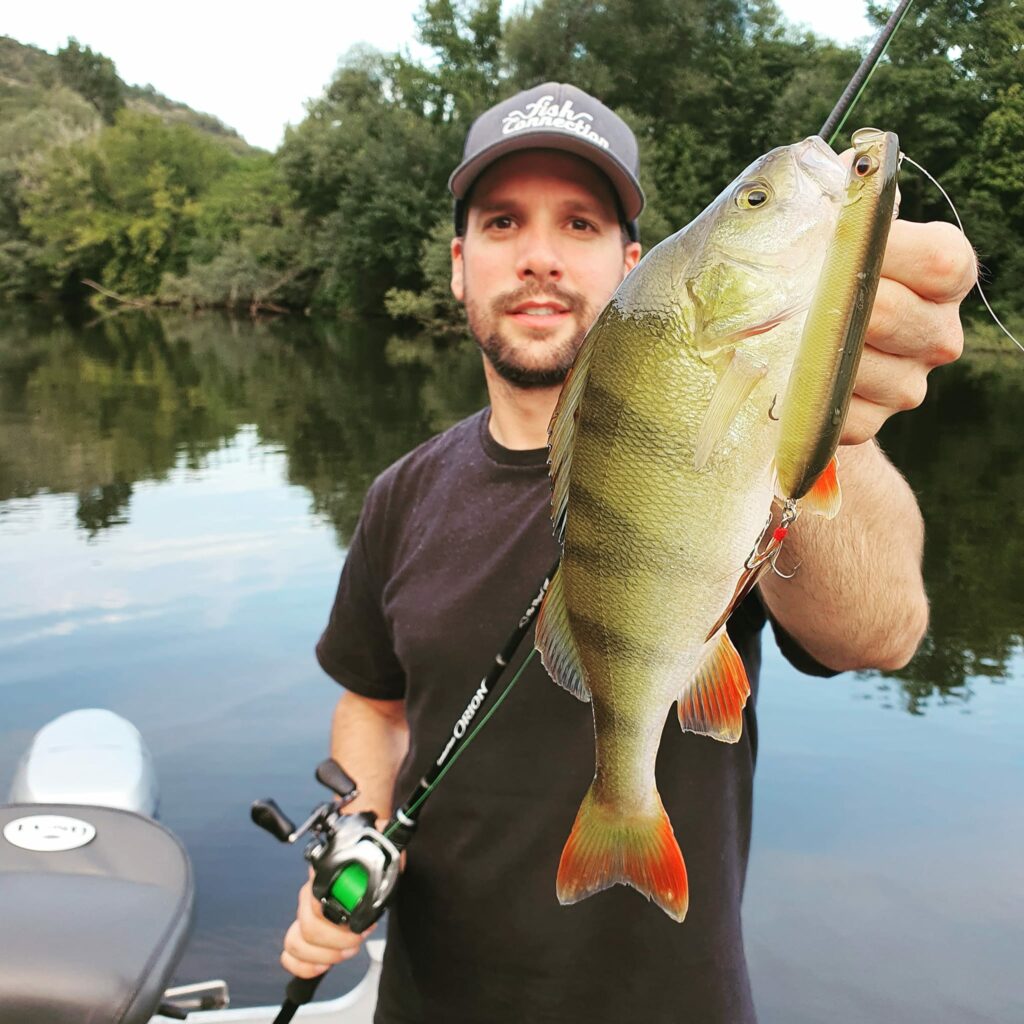
Techniques for perch fishing
To fish for perch, it is first and foremost important to understand the behaviour of this fish. Perch are gregarious fish, living in shoals and hunting mainly on sight. It is a carnivorous fish that is curious by nature, highly competitive with its free-riders and also opportunistic. Quite voracious when active, it can however quickly turn off under certain conditions. Your approach must therefore take account of these different factors. Here is a summary table of the most effective methods:
| Technical | Recommended equipment | Optimum period |
|---|---|---|
| Shore fishing | Light rod, float, worms | Spring-Summer |
| Lure fishing | Spinning rods, soft or hard lures | All year round |
| Live fishing | Medium rod, small live fish | Autumn-Winter |
Of course, as lure fishing enthusiasts, we go after perch almost exclusively using this technique. In fact, we've already written an article selecting the best lures for you. 10 lures we believe are essential for perch fishing.
As for techniques, here's another article to help you find out how to fish for perch with lures.
The ecological importance of the perch in our aquatic ecosystems
The perch is a fish that plays a very important role in the balance of our waterways. Well established in France, this species shows a remarkable ability to adapt to a variety of environments. Its varied diet, including zooplankton, aquatic invertebrates, insect larvae and, of course, small fish, makes it a key player in the aquatic food chain.
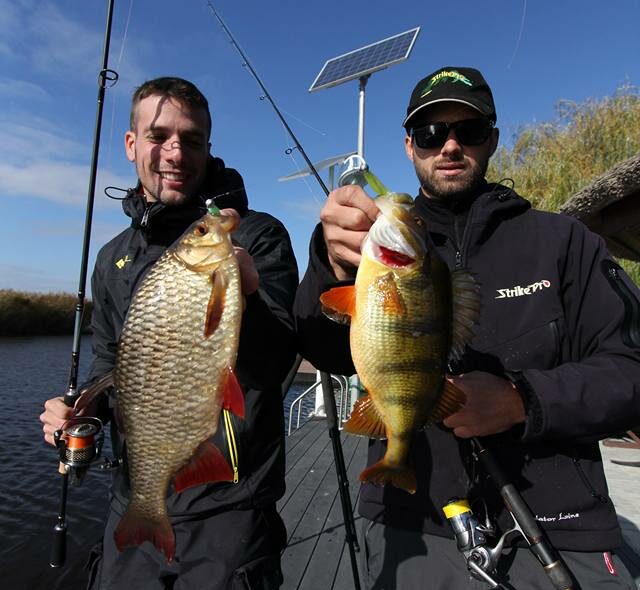
An interesting phenomenon that we have studied is the dwarfism which can affect certain perch populations in specific conditions. This phenomenon illustrates the plasticity of the species and its ability to adapt to constraining environments.
As responsible anglers, we are aware of the importance of preserving the natural habitat of this fish. Protecting the spawning grounds, which are particularly vulnerable between May and August, is essential to ensure the survival of the species. Each female can lay between 1,500 and 3,000 eggs, helping to renew populations when conditions are favourable.
As you can see, the common perch or Perca fluviatilisis much more than just a carnivorous fish. It is a veritable jewel of our rivers and lakes, offering both a sporting challenge for anglers and a fascinating subject of study for ecologists. Its presence in our waters is a valuable indicator of the health of our waterways. Whether you're an angler or simply a nature lover, this fish deserves our full attention and respect.

